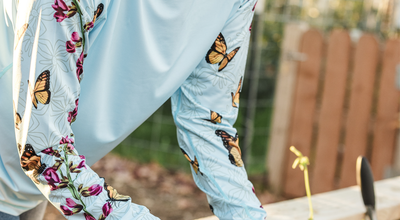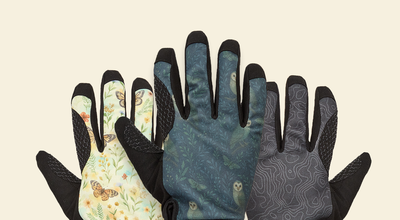Why Kale is the Ultimate Superfood for Gardeners
As a gardener, there's nothing quite like the feeling of growing your own food. And when it comes to nutrient-dense, versatile vegetables, kale reigns supreme. Often referred to as a "superfood," kale is packed with vitamins, minerals, and adaptogens that support overall health and well-being. But the best part? It's incredibly easy to grow.

Varieties of Kale to Grow
If you're new to gardening or haven't yet started growing kale, now is the time to do so. With so many varieties to choose from, the options are endless. Some of the most popular options include:
- Black Palm, known for its delicious dark blue-green leaves
- Red Russian, a sweeter variety with purple stems and grey-green leaves shaped like oak leaves
- Chou Moullier, a cold-hardy variety great for late season planting with large, curly, strongly flavored leaves
- Dwarf Blue Scotch, a small, compact kale with super curly leaves ideal for containers and small gardens.

How to Plant and Harvest Kale
Growing kale is a breeze. Kale thrives in cooler climates and can be planted in both spring, for a summer garden and fall for a continuous harvest in winter. Plant your seeds in well-drained soil, about an inch deep and spaced about 6 inches apart. Once your kale plants have grown to about 4 inches tall, thin them to 12 inches apart. Water regularly and fertilize every few weeks to ensure healthy growth. Kale is a heavy feeder and will benefit from a balanced fertilizer.
rowing kale is a breeze. Kale thrives in cooler climates and can be planted in both spring and fall for a continuous harvest. Plant your seeds in well-drained soil, about an inch deep and spaced about 6 inches apart. Once your kale plants have grown to about 4 inches tall, thin them to 12 inches apart. Water regularly and fertilize every few weeks to ensure healthy growth. Kale is a heavy feeder and will benefit from a balanced fertilizer.
When harvesting, select only the outermost leaves of the plant and leave the innermost leaves to continue growing. This will ensure that you will be able to enjoy several harvests from the same plant. To maintain continuous growth, stagger the harvesting of plants over a period of time so that the plants have time to recover and regrow.
Cooking and Using Kale
Kale is a versatile veggie that can be enjoyed in a variety of ways. Try the following methods of cooking:
- Boil
- Steam
- Stir-fry
- Sauté
- Sushi
- Eat raw
- Bake to a crisp

Keep in mind that older leaves are tougher, so cook them a little longer. And if you're not planning on using your kale right away, add the bottom leaves to your compost heap to encourage continued growth.
Conclusion
So don't wait any longer, get your kale seeds and start growing your very own superfood today! Not only you will be able to enjoy the taste and health benefits of it, but you will also be able to share it with others and make a positive impact on the environment.












